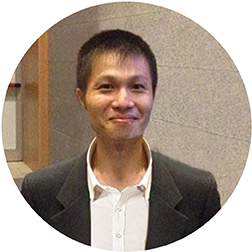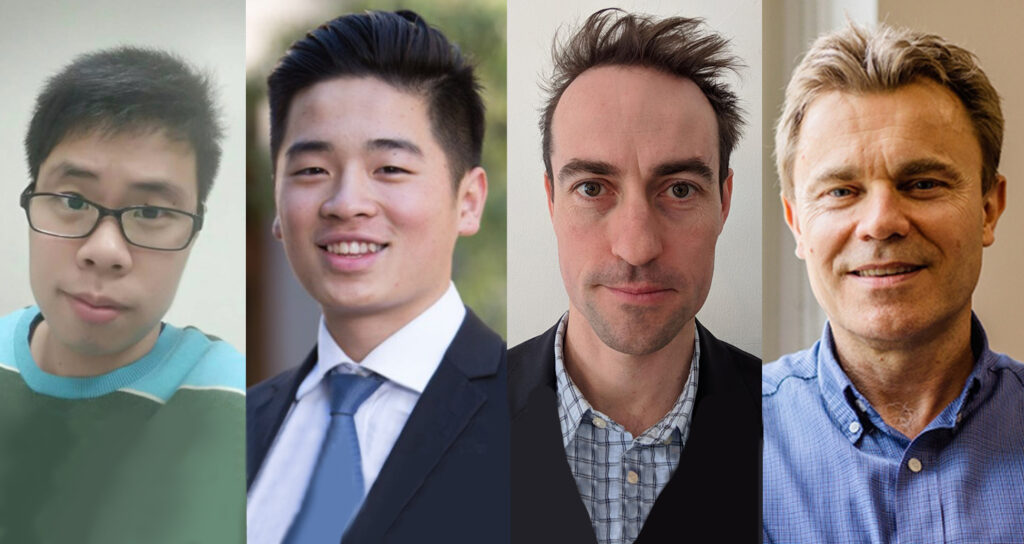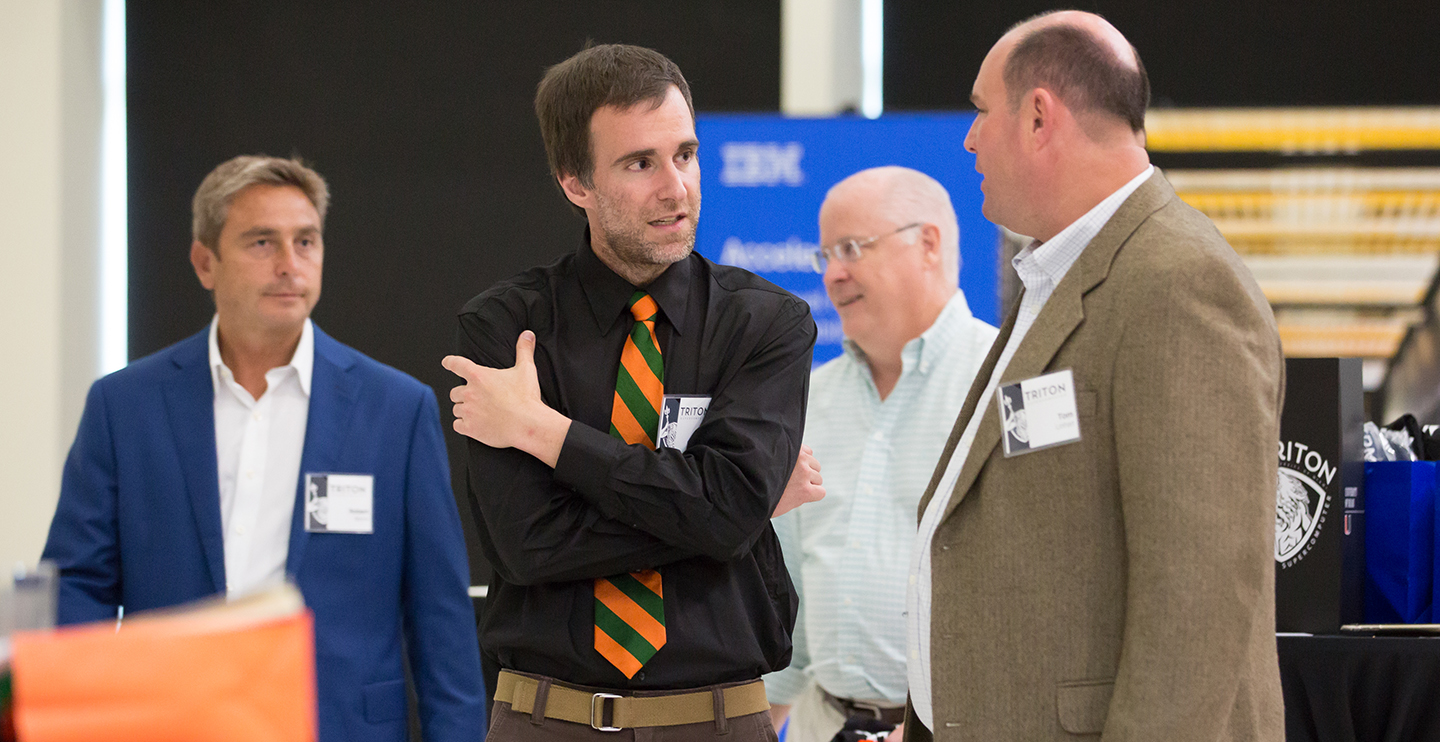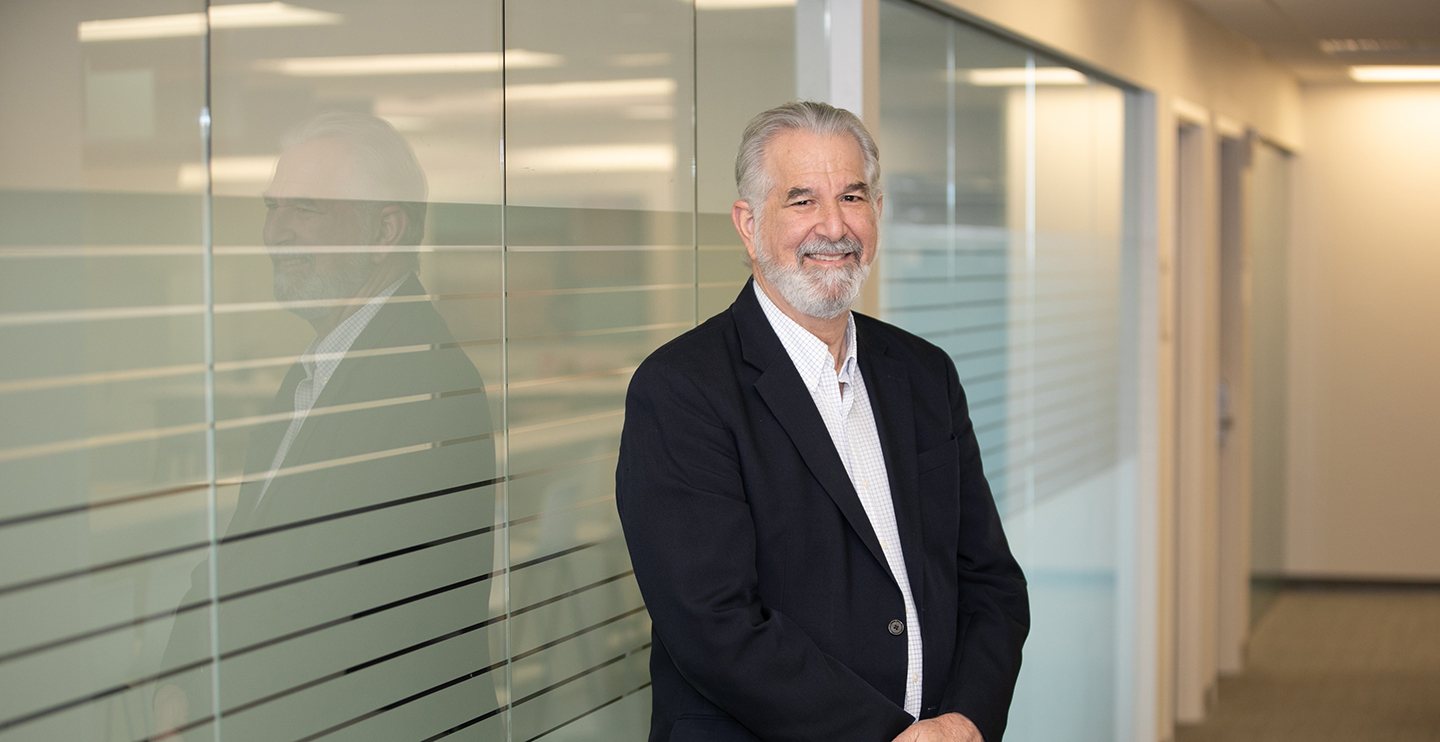What drives the polarization of political opinions on social media? How do “echo chambers” of like-minded friends evolve over time? Are there ways to depolarize these networks and bring individuals closer together?
 Chaoming Song, Associate Professor of Physics, developed a modeling framework for the emergence of polarized and non-polarized networks in a recent study using the computing resources of the University of Miami’s Institute for Data Science and Computing (IDSC). “We used IDSC’s supercomputing resources to test our data sets against the model,” said Song. “Rather than look at a few hundred nodes on my laptop, we were able to scale up to 10-100 times larger size, thanks to IDSC.”
Chaoming Song, Associate Professor of Physics, developed a modeling framework for the emergence of polarized and non-polarized networks in a recent study using the computing resources of the University of Miami’s Institute for Data Science and Computing (IDSC). “We used IDSC’s supercomputing resources to test our data sets against the model,” said Song. “Rather than look at a few hundred nodes on my laptop, we were able to scale up to 10-100 times larger size, thanks to IDSC.”
The new study, “The Emergence of Polarization in Coevolving Networks,” was published recently in Physical Review Letters. Miller School of Medicine co-authors were Jiazhen Liu, Ph.D., who recently completed his PhD at UM; Shengda Huang, PhD graduate student; and Nathan Aden, MS, former graduate teaching assistant; as well as Neil Johnson, Ph.D. Professor of Physics, George Washington University (pictured L to R, below).
“Our results potentially impact the understanding of human society across disciplines, including social and political science,” Song said.

A Recurring Phenomenon
Polarization is a regularly occurring phenomenon in social systems, according to Song. “If two people have a similar political outlook, for example, they are more likely to connect with each other,” he added. “In social media, we frequently see two networks of groups with opposite opinions that coevolve at the same time.”
But those co-evolving structures are dynamic and can change for a variety of reasons. “Understanding those changes may provide clues to slowing down polarization between two opposite groups,” Song said. “For instance, online conversations about common topics like the weather, travel, or sports can bring people together.”
Developing a Model
While coevolving polarization network models have been proposed, the UM researchers were the first to develop a stable bipolarized framework with a scaling structure for both opinion dynamics and network evolution. “Coevolving network models are infamously difficult to solve due to the complicated interplay between opinion and network structure,” said Song. “Our quantitative model—validated by numerical simulation and empirical measurements—accounts for three empirically observed phases, including polarization, partial polarization, and depolarization.”
To develop their model, the researchers drew on two related data sets. The first consisted of the 500 most shared online domains on Facebook, classified as either hard content (FBHC) or soft content (FBSC). The second set consisted of 1,490 blogs and 19,090 references in the blogosphere. The researchers then computed the mean score of political leanings for each domain or blog from −1 (liberal) to +1 (conservative).
In creating scatter plots depicting the opinion distribution for the data sets, Song and his team found that the opinion distributions in two politics-related data sets (Facebook hard content and blogosphere) were “U” shaped, suggesting a polarization phase. In contrast, opinions in the Facebook soft content data set had an inverse-U shape, indicating a depolarization phase.
“Although we now have a new model, there is still plenty of work to do,” said Song. “Future investigations are needed to carry our polarization framework forward.”
Tags: Chaoming Song, coevolving polarization network models, Facebook hard content, Facebook soft content, FBHC, FBSC, Jiazhen Liu, Modeling, Nathan Aden, Neil Johnson, Networks, Polarization, Polarization Framework, Political Polarization, Shengda Huang, Social Media, Social Systems


